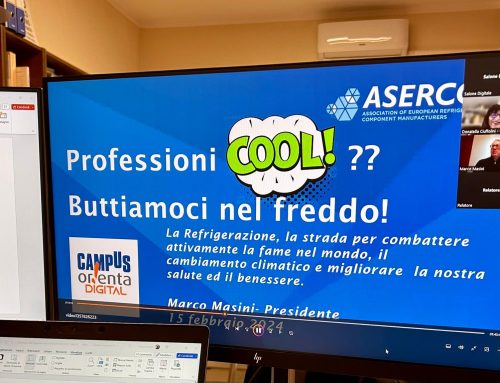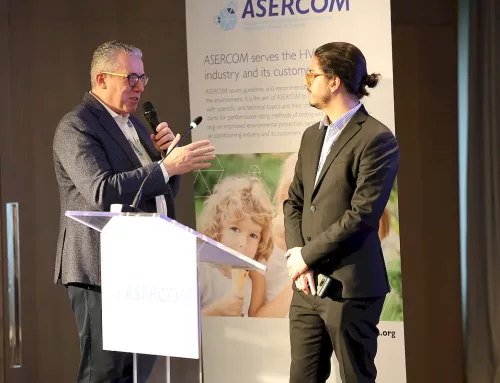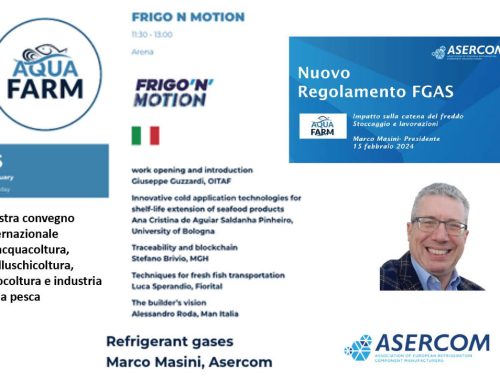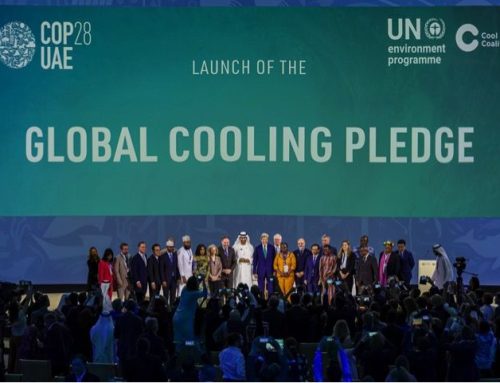At the AHRI Leadership Meeting in Miami, Florida (USA), ASERCOM was asked to provide an update on the upcoming F-gas regulation. During the session, Marco Masini, ASERCOM president, had the chance to include in the discussion side arguments such as PFAS, EcoDesign, and CBAM (Carbon Border Adjustment Mechanism), which are complicating things regarding unit design and manufacturing.
“In the United States, they have the same issues, but with a less aggressive approach,” commented Marco Masini. “The complexity, in their case, is given by the number of different building codes, which range from those very similar to ours to those very strict for flammable refrigerants.”
Another topic discussed, which is becoming of high interest on both sides of the ocean, is ESG. In the States, the first metrics were presented by California, and clear elements of cooperation between the two associations can be easily seen. AHRI is launching a working group on that.
“Issues’ commonality shall provide us the way to leverage cooperation, because most of the arguments have a global impact!” concluded Masini. A clear example that is impacting pressure equipment regulations (PED and ASME) is the GHS (Globally Harmonized Standard) for chemicals, a UN harmonized standard to manage safety that, in Europe, the CLP Regulation is implementing to consider A2L refrigerants as Group 1, flammable as A2, limiting the application.
In fact, the PED places equipment in two groups – Group 1 and Group 2. Group 1 covers equipment that contains substances that fall within specific hazard classifications as identified under the DSD (e.g., Dangerous Substances Directive: flammable, explosive, toxic), but with similar classifications under the CLP. Group 2 covers equipment containing all substances not in Group 1.
“Given the new norms and laws, it is fundamental to cooperate to not downscale the efforts for sustainability, which is typically a global R&D management of technology to support product development.”






